Ankle Sprains And Recovery For Hikers
We need to talk about ankle sprains and recovery for hikers. It’s a problem when surveys report that around 23% of hikers suffered from a sprained ankle during their hike. That’s a lot! First, a correlation between ankle range of motion and ankle sprains needs to be addressed. But more importantly, why are ankle sprains and recovery for hikers such an issue?
Types Of Ankle Sprains
Inversion sprains are most common and occur when the bottom of the foot rolls inward. This strains the ligaments on the outside of the ankle, leading to the ankle sprain itself. Depending on the severity of the strain, four levels of ligament damage occur. The damage ranges from overstretched, or grade one, to detached, grade four. Grades two and three have some stretching and varying degrees of tearing.
Eversion ankle sprains can also occur but are much less common, so for this post, we’ll focus on inversion sprains.
Ankle Sprain Recovery For Hikers
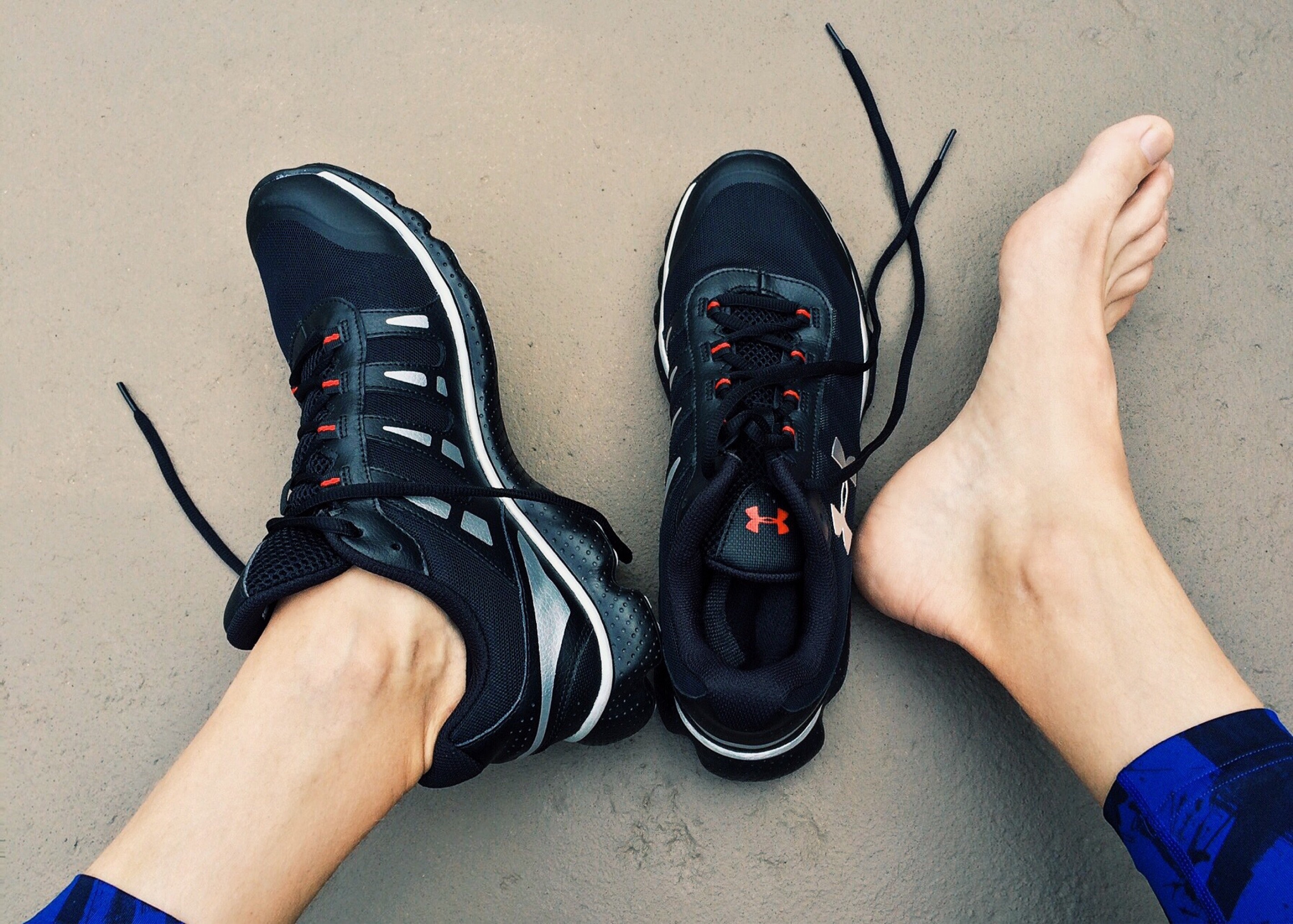 Regardless of the sprain level, a sprain will affect your balance. Your body uses several receptors in each joint to help it determine things like tension, stretch, compression, and position in space. With an ankle sprain and subsequent swelling, the receptors are put on “mute,” so to speak.
Regardless of the sprain level, a sprain will affect your balance. Your body uses several receptors in each joint to help it determine things like tension, stretch, compression, and position in space. With an ankle sprain and subsequent swelling, the receptors are put on “mute,” so to speak.
The ankle swells to limit use and further damage and to keep it in a neutral or safe position. With the swelling, cells are tasked with cleaning up the ligament damage. Once those cells have done their work, the swelling starts to subside, and other cell-builder cells begin their task of ligament restoration.
Restoring ankle motion, strength, and balance is the priority of returning to sport. If you never retrain your balance and “unmute” those receptors, you’ll likely feel less stable when balancing on that foot. You’ll need that balance for rock hopping and log crossings,, so let’s “unmute” those receptors.
Balance
Practice standing barefoot on one foot in a doorway or near a countertop (for safety) for as long as possible. I do this while I brush my teeth, do dishes, or stand in line at the grocery store. It helps turn the volume up on the receptors that are responsible for balance and it strengthens the foot at the same time.
If you find this too easy, close your eyes to each of the same activities listed above. To progress from eyes closed, try to balance standing on a mat, cushion, pillow, or Bosu ball with your eyes open.
Strength
These exercises aren’t complicated and can be done anywhere. Stand in front of a counter for support and raise your heels until you are standing on the balls of your feet. At the top, your weight should be equal at 50/50 on the right and left foot. Now slowly lower back down. If there is no sharp pain, continue and repeat for a total of 20 times.
- Raise up with equal weight on each foot
- Slowly transfer weight to injured ankle (R in photo)
- Slowly lower down
Progressing The Heel Raise
Now, at the top of the heel raise, transfer more weight to your sprained ankle before you lower down. If it’s your right ankle, transfer a little weight by shifting right and lowering back down. Try slowly adding more weight, so 60%, then 70%, 80% and so on so long as you can maintain control and there is no pain. Continue working on transferring more weight until you can fully lower yourself on just the injured ankle for four sets of 20 reps.
Stretches For Ankle Sprains
A traditional runner’s stretch works great here; it targets the calf muscles and ankle motion at the same time. Keep the rear foot flat on the floor, knee straight, and move your hips toward the wall until you feel a gentle stretch in your calf muscle. Stretch three times for 20 seconds each time. Repeat four to five times throughout the day.
The second photo targets a deeper calf muscle, the Soleus. Position and motion are the same; you just have a bent knee. This stretch might feel farther down the leg, closer to the back of the ankle. Stretch three times for 20 seconds each time. Repeat four to five times throughout the day.
Updated 5/8/2024

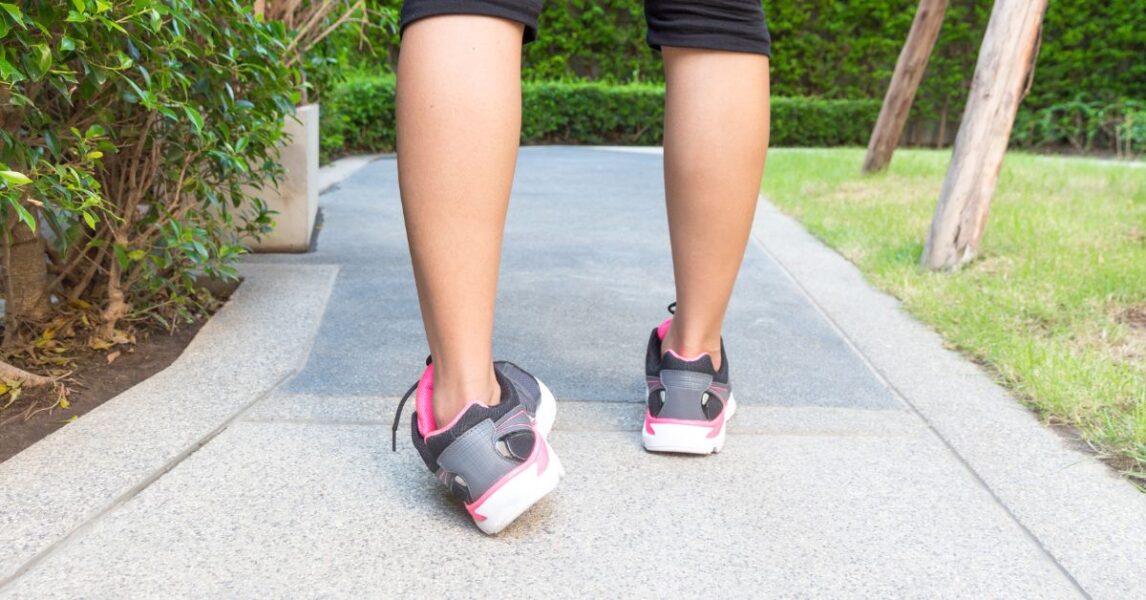
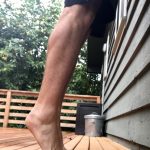

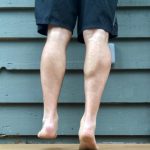

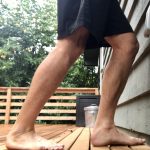
Recent Comments